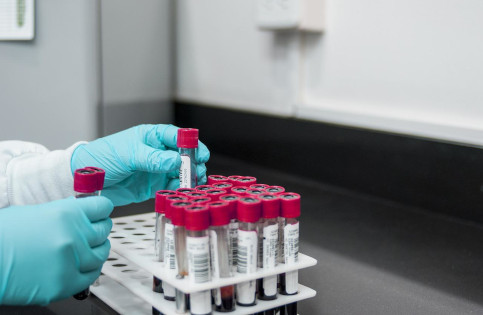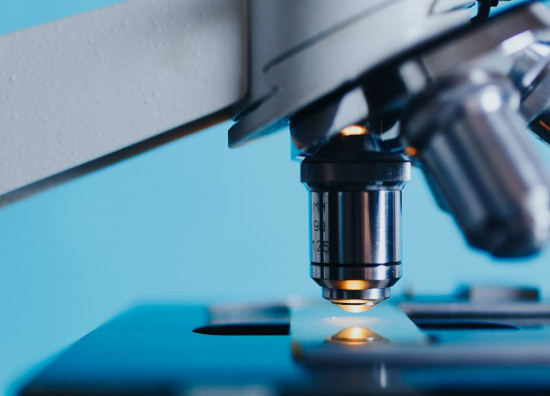Xu Y, Choi J, Hylander B, Sen A, Evans SS, Kraybill WG, Repasky EA.
Source
Department of Immunology, Roswell Park Cancer Institute, Buffalo, NY 14263, USA.
Abstract
PURPOSE:
Two major questions were addressed: (1) Can fever-range whole body hyperthermia (FR-WBH) affect the number of perfused tumor blood vessels? (2) Can pre-treatment with FR-WBH improve accumulation or anti-tumor efficacy of doxorubicin or DOXIL (liposomal doxorubicin)?
MATERIALS AND METHODS:
Perfused blood vessels were visualized by intravenous injection of the fluorescent dye (DiOC7(3)) and the number of labeled vessels in tumors and normal organs of unheated mice and those previously heated to 39.5 degrees C for 6 hours were compared. Using three animal tumor models (one syngeneic murine model and two human tumor xenografts in SCID mice) we also compared tumor growth and amount of intratumoral doxorubicin (given as free drug or as DOXIL) in control mice or those given pre-treatment with FR-WBH.
RESULTS:
FR-WBH had no effect on the number of CD-31 labeled blood vessels. However, in tumors, but not in normal organs of the same animals, FR-WBH resulted in a significant increase in those blood vessels which could take up dye over a prolonged period of time after heating. There was also an increase in DOXIL uptake in the tumors of mice given FR-WBH prior to drug injection as well as enhanced therapeutic efficacy in all three tumor models.
CONCLUSIONS:
FR-WBH increases the number of perfused blood vessels in tumors over a prolonged period following FR-WBH and thus may be useful for improving tumor targeting of cancer therapeutics. We discuss these data in relation to long-conserved thermoregulatory features in normal vasculature, which may be deficient in tumor vasculature.
 Il fenomeno cancro è complesso e probabilmente non risolvibile con un approccio unidirezionale.
Il fenomeno cancro è complesso e probabilmente non risolvibile con un approccio unidirezionale. 
 RSS
RSS 





